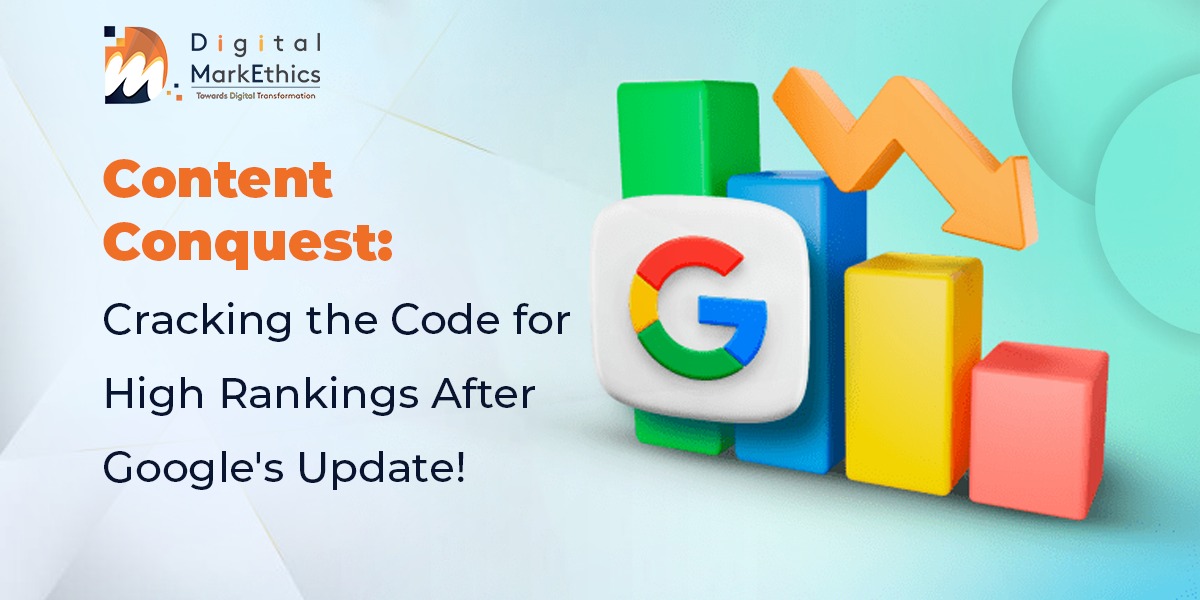Staying ahead of the curve is a perpetual challenge in this fast-paced realm of digital marketing. With Google’s recent core updates, the landscape of content creation in digital marketing has become even more complex and competitive. As businesses scramble to adapt, one truth remains clear: quality content is king. Google’s latest algorithm shift underscores the importance of user-focused, high-quality content, reducing the visibility of unoriginal and unhelpful material by a striking 40%. This seismic shift calls for a deeper understanding of how to navigate these changes and optimize content for better search rankings.
The New Paradigm of Content Strategy
Creating content that resonates with your audience requires a strategic alignment with their journey and your campaign goals. This begins with a thorough understanding of your target personas—identifying their demographics, preferences, and pain points. With Google’s updates, delivering tailored content at each stage of the user journey is paramount. This means not only addressing their needs but doing so in a manner that feels personal and engaging. According to a recent survey by HubSpot, 61% of marketers believe improving SEO and growing their organic presence is their top inbound marketing priority, illustrating the critical need for strategic content alignment.
Harnessing the Power of User Data
Data-driven insights are the backbone of effective content creation in digital marketing. By leveraging analytics tools, you can gather invaluable user data that reveals behavior patterns, engagement metrics, and content performance. Conducting a thorough audit of your existing content helps identify gaps and opportunities for enhancement. Incorporating E-E-A-T (Experience, Expertise, Authoritativeness, and Trustworthiness) principles not only builds credibility but also aligns with Google’s emphasis on high-quality content. Highlighting expert contributions, particularly in specialized fields like finance or health, can significantly boost your content’s authority and trustworthiness.
Crafting Content for User Intent
Aligning content with user intent is a crucial component of successful SEO strategies. Detailed content outlines that anticipate and meet user needs are more likely to rank well on search engines. In fact, a study by Backlinko found that the average Google first page result contains 1,447 words, suggesting that comprehensive, in-depth content tends to perform better. The focus should be on clarity, relevance, and engagement—answering users’ questions succinctly while providing valuable insights. Authenticity plays a significant role here; content that reflects your unique voice and perspective will stand out in a sea of generic information.
Engaging Through Proactive Interaction
Effective content creation in digital marketing extends beyond merely presenting information; it involves fostering engagement and interaction. Craft compelling headlines and introductions to draw readers in, and use strong calls-to-action to encourage participation. Interactive elements such as polls, quizzes, and surveys can further enhance user engagement. A multi-channel approach, utilizing blogs, social media, and email campaigns, ensures that your content reaches your audience where they are most active. According to Demand Metric, content marketing generates over three times as many leads as traditional outbound marketing and costs 62% less, featuring the ability of engaging, user-centric content.
Continuous Analysis and Adaptation
The dynamic nature of digital marketing necessitates regular performance monitoring and strategic adjustments. Key performance indicators (KPIs) such as website traffic, click-through rates, and conversion rates provide a clear picture of how your content is performing. User feedback and comments offer additional insights into areas for improvement. A willingness to pivot based on this data is essential for maintaining and enhancing your content’s effectiveness. In fact, companies that adopt data-driven marketing are six times more likely to be profitable year-over-year, according to a report by Forrester Research.
Embracing Human Creativity in the AI Era
While AI tools have become indispensable in content creation, the human touch remains irreplaceable. Google’s recent update champions content created by humans for humans, recognizing the value of genuine, user-centric material. AI can assist in generating ideas and optimizing content, but it’s the human insight and creativity that truly resonate with audiences. The demand for authentic, relatable content is higher than ever, and businesses that prioritize this human element will see better results in their SEO efforts.
Conclusion
Navigating the complexities of Google’s core updates requires a strategic and nuanced approach to content creation in digital marketing. By focusing on user experience, leveraging data-driven insights, aligning content with user intent, fostering engagement, and continually adapting based on performance metrics, businesses can achieve high rankings and sustained success. The blend of human creativity and strategic use of AI tools will set apart those who thrive in this evolving digital landscape. As we move forward, the commitment to quality, authenticity, and user-centric content will remain the cornerstone of effective digital marketing strategies.
In this ever-evolving field, the ability to adapt and innovate is crucial. The road to high rankings and visibility is paved with high-quality content that meets users’ needs and exceeds their expectations. By embracing these principles and continuously refining your approach, you can conquer the challenges posed by Google’s updates and achieve lasting success in content creation in digital marketing.

